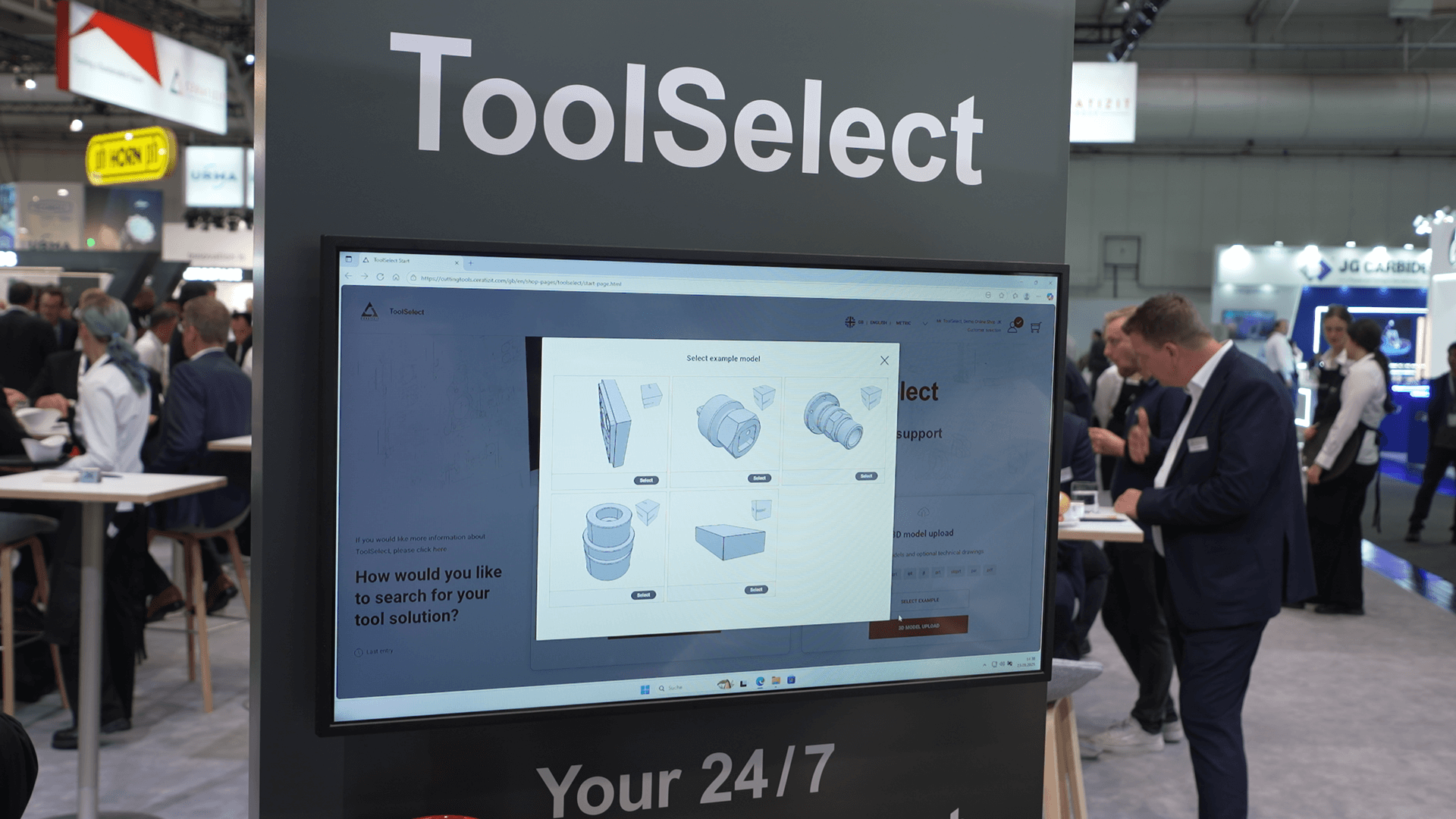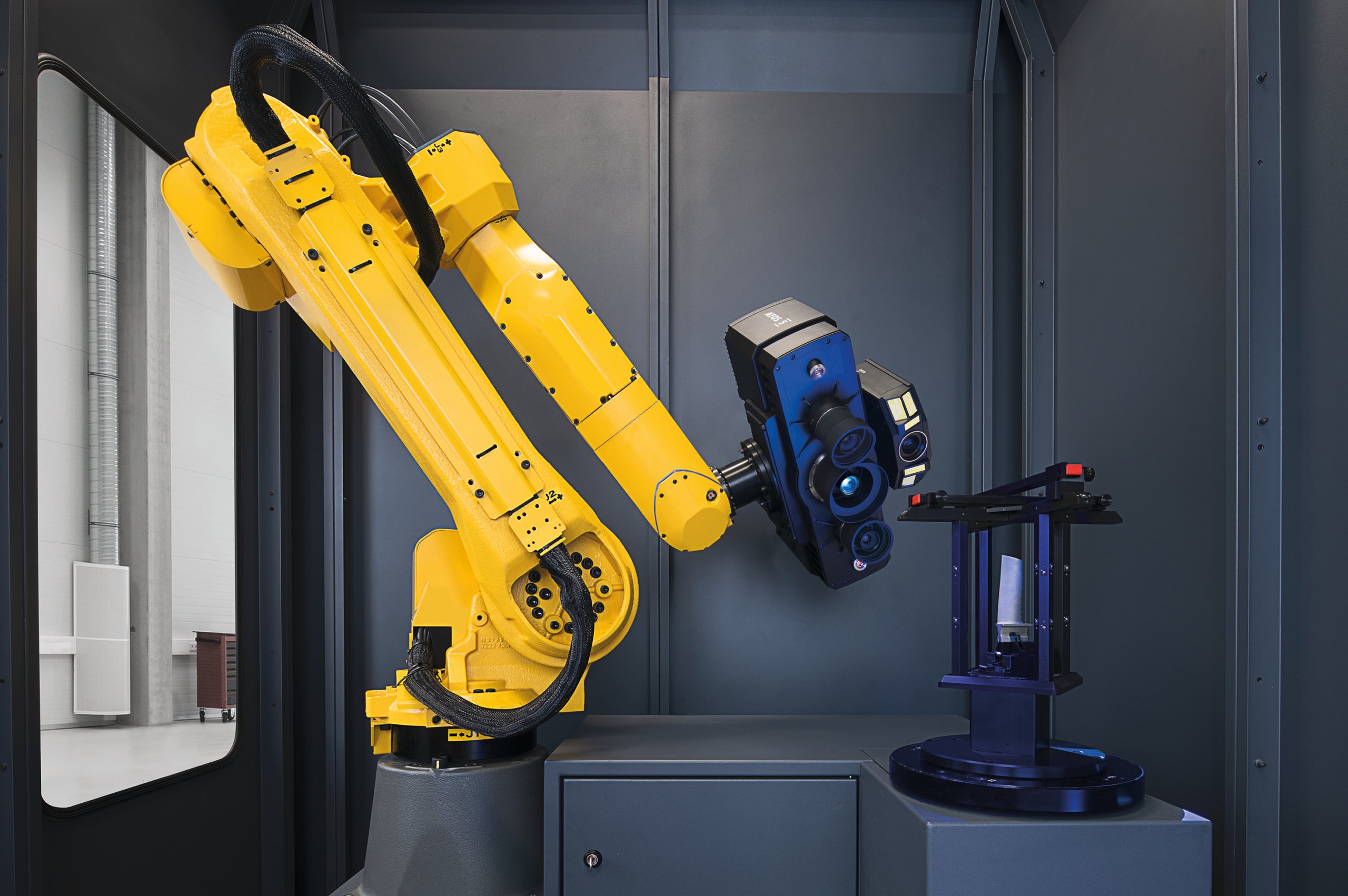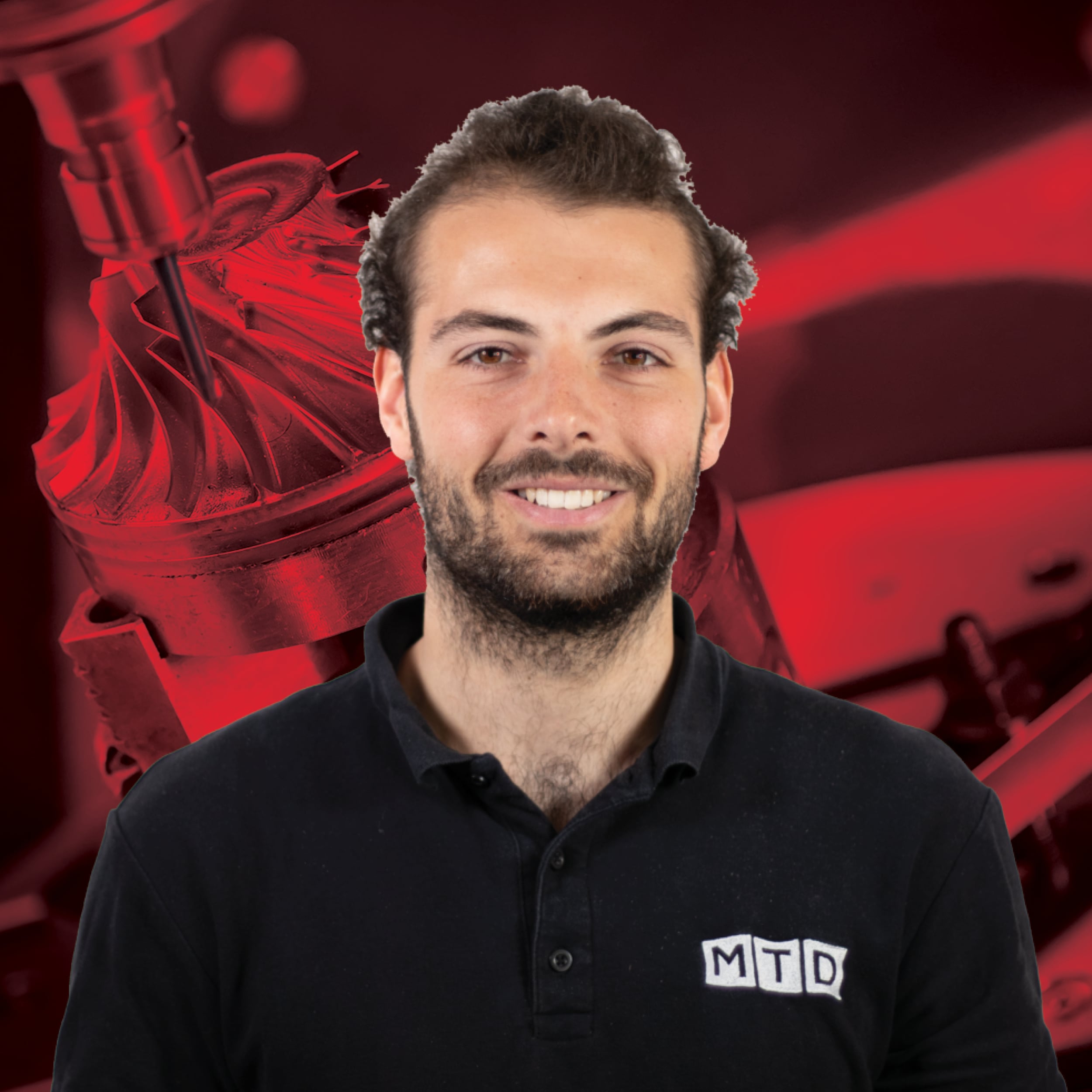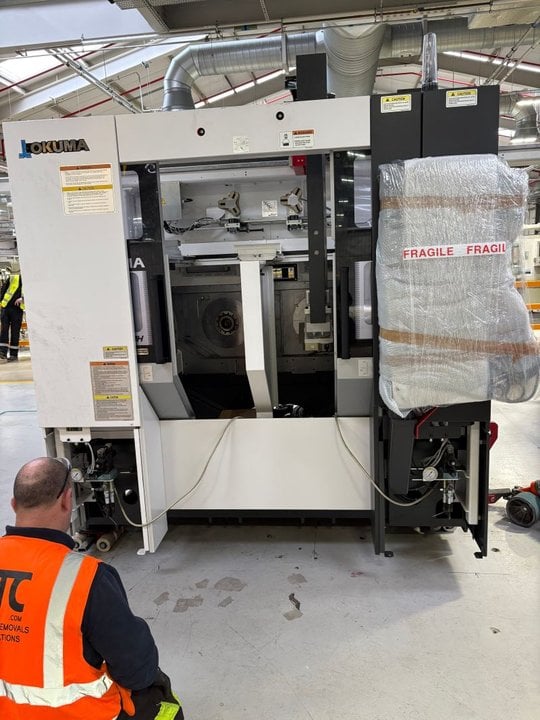
GOM measures up for aero blades

It has been a difficult few months for all industries, especially the aerospace sector. With commercial airlines grounded since April and only limited cargo and private flights running, demand for new aircraft and maintenance has dropped dramatically, giving an opportunity to look towards improving business practices.
Several aircraft engine manufacturers have warehouses piled high with quarantined engine parts that have been removed and replaced, but without extensive quality control checks to see if the parts removed parts are within the serviceable repair domain. In essence, they could be throwing away a perfectly sound component, or one which can be repaired and returned to flight.
The costs associated with the MRO sector are huge, replacing turbine blades can exceed £10,000 for a single component. Decision making on whether defects and deterioration can be repaired is a labour-intensive process for engine manufacturers and MRO bases across the country. This is where GOM’s ATOS systems come in. With its automatic measurement and defect detection, the decision-making process is sped up and the 3D data can be reused to streamline additive and adaptive manufacturing processes.
One of the highest-resolution scanners in the GOM arsenal, the ATOS 5 for Airfoil parts has been designed specifically for turbine industries. With its optimised working distance and measuring areas from 100 by 70mm², it delivers high-precision 3D data of the smallest details in a short measuring time. The ATOS 5 can create a full 3D ‘digital twin’ of a turbine blade within a few minutes or a complete blisk in less than one hour. Once an inspection has been defined, it can be automatically repeated for any number of blades or blisks.
For more traditional quality control analysis of turbine blades and vane airfoils, the typical 2D sectional inspections included are the profile mean line, profile centroid, profile and edge thickness measurements and more. Having the digital twin allows for many more possibilities. The component wear, corrosion, dents and chips in ceramic coatings are some parameters being automatically analysed during the inspection process. In advanced customer scenarios, GOM sees the data being used to help analyse and anticipate structural failures, Computation Fluid Dynamics (CFD) and component life. The rich 3D data and detailed insights allow for a more complete picture of the component, reducing the component repair process.

The component repair solution is realised by combining the ATOS 5 for Airfoil, GOM Inspect software and the automation of an ATOS ScanBox. GOM’s range of ScanBox’s has been designed to make manufacturers life easier by automating the scanning process. Instead of an inspector using a scanner manually spending hours trying to fully scan one component, they can load it into a ScanBox and the 3D scanner and robotic automated arm will take a full scan in minutes.
The evolution and speed of the ATOS ScanBox allows it to be combined with Batch Processing System (BPS) giving the ultimate in metrology autonomy. It can measure more than 80 turbine blades without human intervention, giving a ‘lights out’ process. Robustness and measuring speed are key features of the system. For example, an inspector will load the BPS that will select each blade and insert it into the measuring space. The ATOS 5 for Airfoil scanning with an automated robotic arm, will then take a complete 3D scan of the blade before the BPS takes the blade out and then methodically selects the next blade for measuring. Traceability of the part is maintained with an RFID chip, which the system uses to track from the start to the end of the inspection process.
GOM systems have long been used to support the aerospace industry and the team is available to support new and existing customers through the current situation. Where safe to do so, engineers and technicians are visiting sites around the UK, supporting clients that may have been shut down for a few weeks and need assistance with the re-start process on their systems.
















